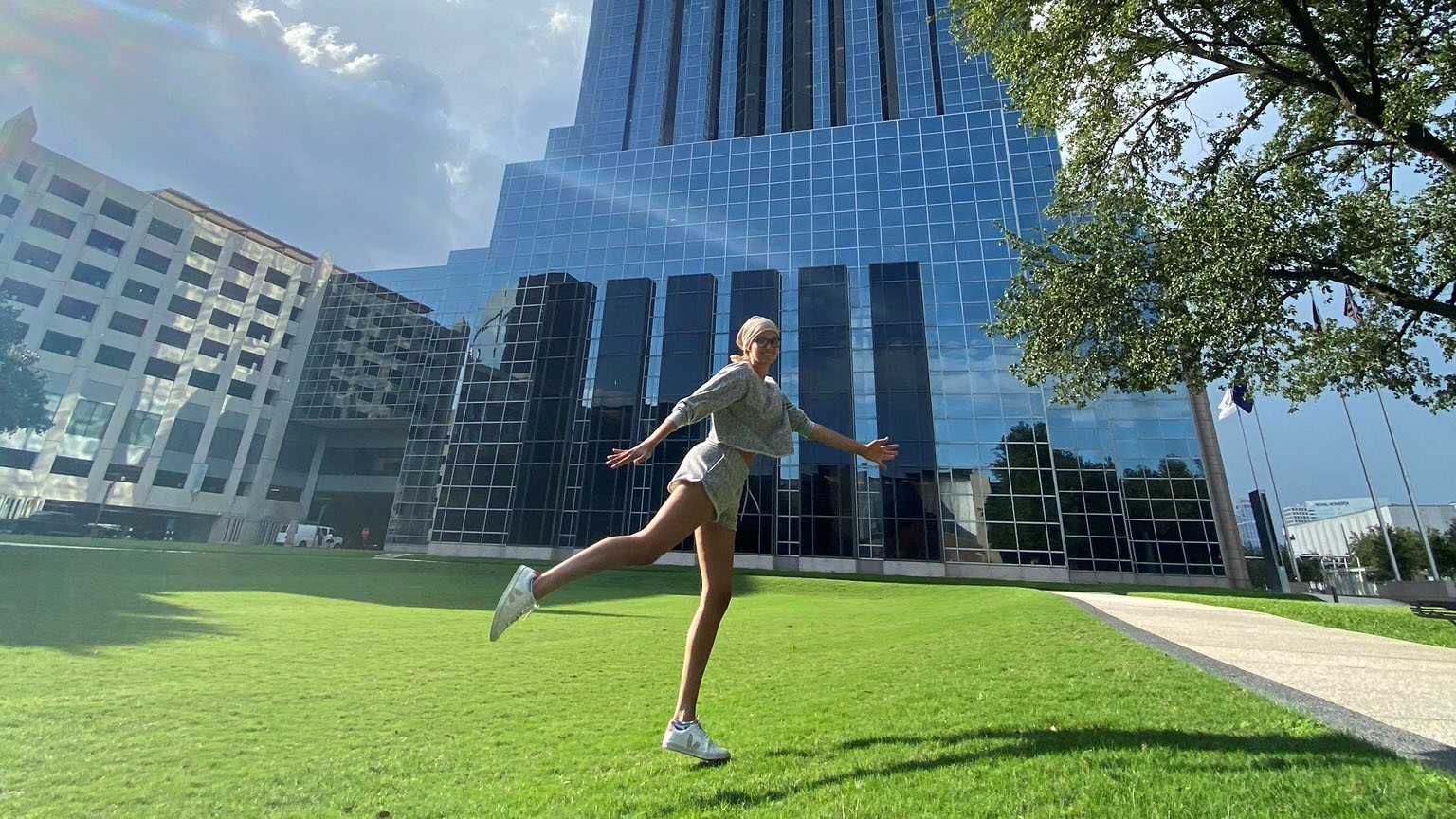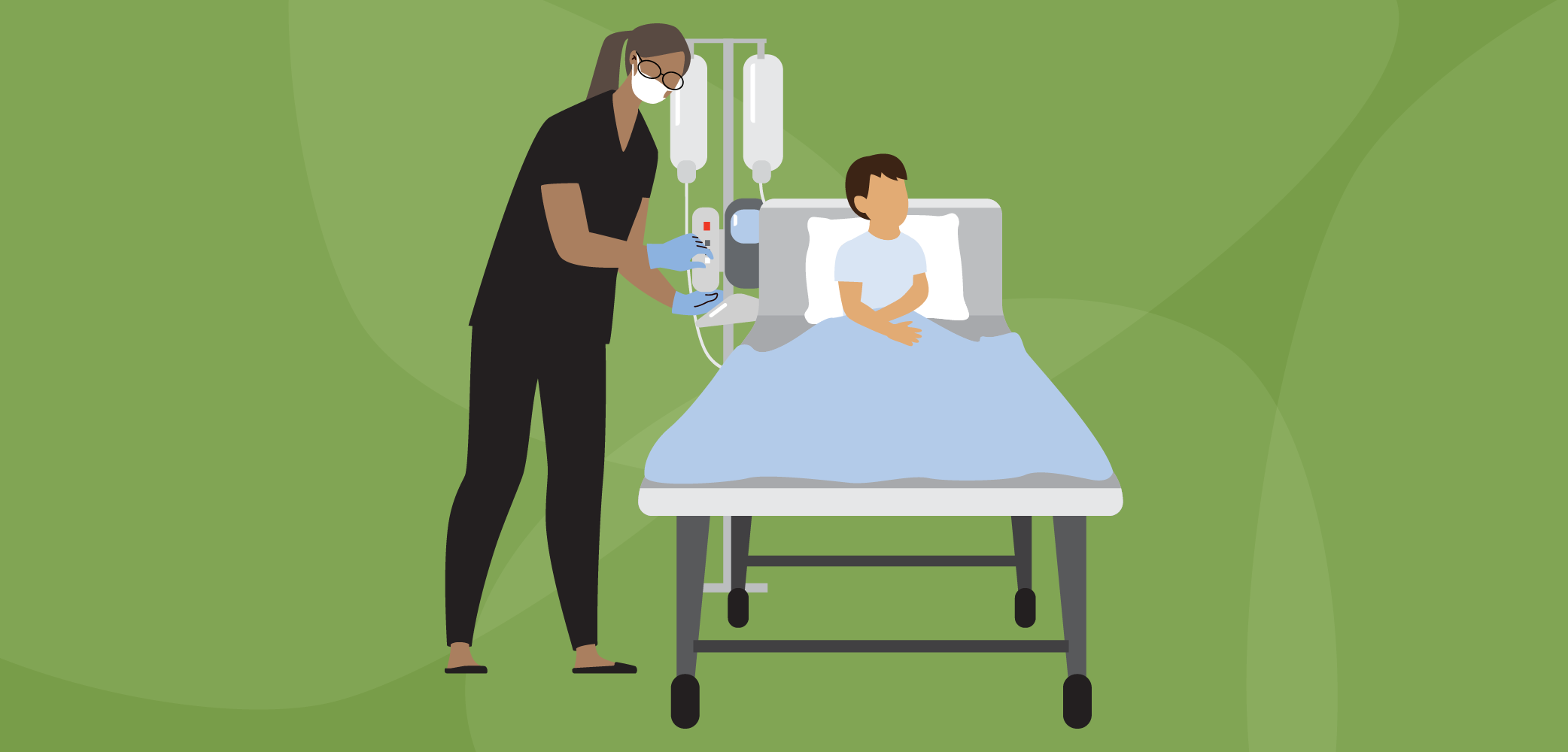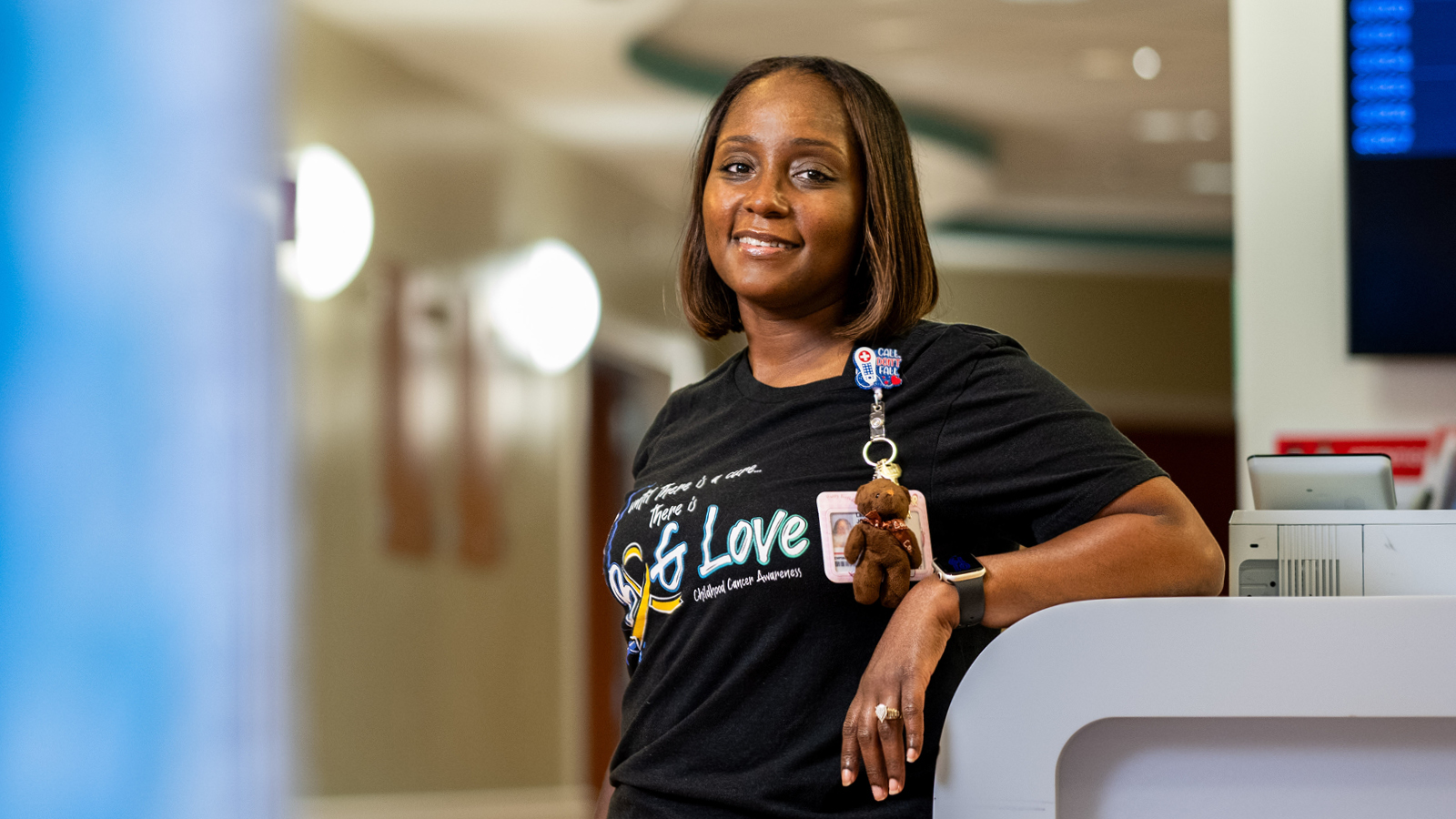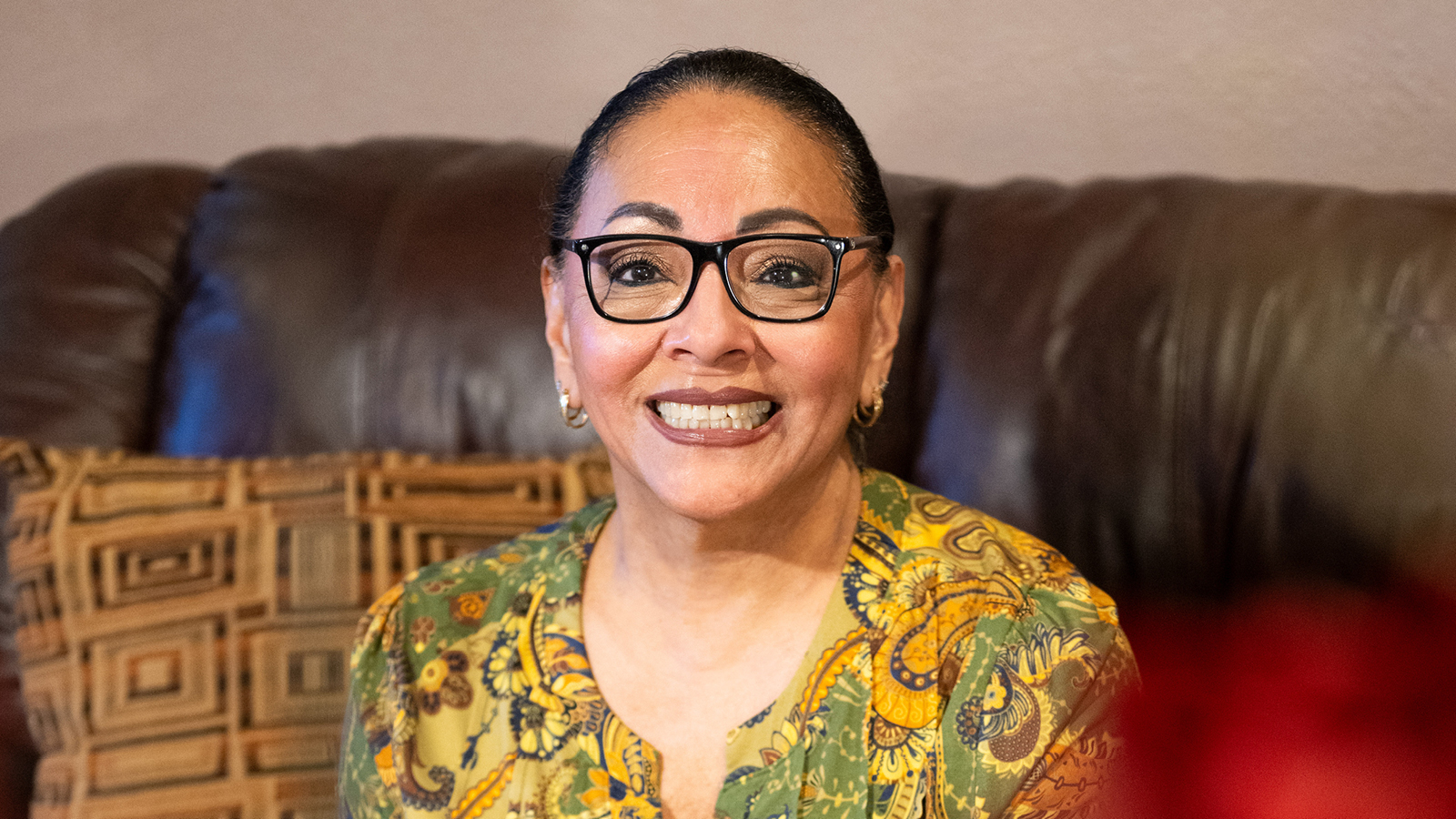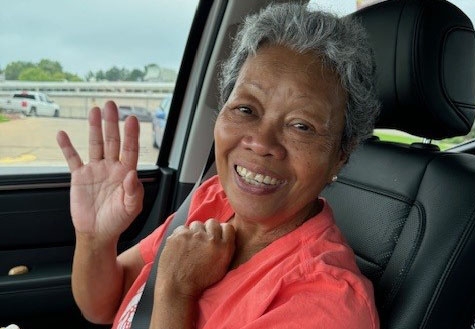- Diseases
- Acoustic Neuroma (16)
- Adrenal Gland Tumor (24)
- Anal Cancer (70)
- Anemia (2)
- Appendix Cancer (18)
- Bile Duct Cancer (26)
- Bladder Cancer (74)
- Brain Metastases (28)
- Brain Tumor (234)
- Breast Cancer (728)
- Breast Implant-Associated Anaplastic Large Cell Lymphoma (2)
- Cancer of Unknown Primary (4)
- Carcinoid Tumor (8)
- Cervical Cancer (164)
- Colon Cancer (168)
- Colorectal Cancer (118)
- Endocrine Tumor (4)
- Esophageal Cancer (44)
- Eye Cancer (36)
- Fallopian Tube Cancer (8)
- Germ Cell Tumor (4)
- Gestational Trophoblastic Disease (2)
- Head and Neck Cancer (14)
- Kidney Cancer (130)
- Leukemia (342)
- Liver Cancer (50)
- Lung Cancer (286)
- Lymphoma (278)
- Mesothelioma (14)
- Metastasis (30)
- Multiple Myeloma (100)
- Myelodysplastic Syndrome (60)
- Myeloproliferative Neoplasm (6)
- Neuroendocrine Tumors (16)
- Oral Cancer (102)
- Ovarian Cancer (178)
- Pancreatic Cancer (162)
- Parathyroid Disease (2)
- Penile Cancer (14)
- Pituitary Tumor (6)
- Prostate Cancer (150)
- Rectal Cancer (58)
- Renal Medullary Carcinoma (6)
- Salivary Gland Cancer (14)
- Sarcoma (238)
- Skin Cancer (302)
- Skull Base Tumors (56)
- Spinal Tumor (12)
- Stomach Cancer (66)
- Testicular Cancer (28)
- Throat Cancer (92)
- Thymoma (6)
- Thyroid Cancer (100)
- Tonsil Cancer (30)
- Uterine Cancer (86)
- Vaginal Cancer (18)
- Vulvar Cancer (22)
- Cancer Topic
- Adolescent and Young Adult Cancer Issues (22)
- Advance Care Planning (12)
- Biostatistics (2)
- Blood Donation (18)
- Bone Health (8)
- COVID-19 (360)
- Cancer Recurrence (120)
- Childhood Cancer Issues (120)
- Clinical Trials (628)
- Complementary Integrative Medicine (22)
- Cytogenetics (2)
- DNA Methylation (4)
- Diagnosis (240)
- Epigenetics (6)
- Fertility (62)
- Follow-up Guidelines (2)
- Health Disparities (14)
- Hereditary Cancer Syndromes (128)
- Immunology (18)
- Li-Fraumeni Syndrome (8)
- Mental Health (122)
- Molecular Diagnostics (8)
- Pain Management (62)
- Palliative Care (8)
- Pathology (10)
- Physical Therapy (18)
- Pregnancy (18)
- Prevention (940)
- Research (390)
- Second Opinion (78)
- Sexuality (16)
- Side Effects (616)
- Sleep Disorders (10)
- Stem Cell Transplantation Cellular Therapy (216)
- Support (408)
- Survivorship (330)
- Symptoms (182)
- Treatment (1794)
Houston symphony brings music to hospitalized children, with three-time cancer survivor's help
5 minute read | Published July 28, 2021
Medically Reviewed | Last reviewed by an MD Anderson Cancer Center medical professional on July 28, 2021
Pam Blaine was on top of the world. She’d just graduated with a master’s degree in arts administration and landed a new job with the Utah Symphony.
But just as she was hitting her stride, Pam was diagnosed with non-Hodgkin lymphoma at age 27.
“I’d been unusually fatigued and losing weight,” she says. “Then I developed a nagging cough and felt a strange pressure in my chest.”
Pam chalked her symptoms up to work-related stress and joined her family on an RV vacation for some rest and relaxation.
But her symptoms worsened.
“I coughed so much during that trip that my brother-in-law insisted I see a doctor,” she recalls.
She followed his advice and was stunned when a CT scan revealed a fist-sized tumor pressing against her lungs. A biopsy confirmed her diagnosis: non-Hodgkin lymphoma.
“I was young and vulnerable,” Pam recalls. “That was such a scary time.”
Melanoma and lung cancer diagnoses
Chemotherapy in Utah wiped out all signs of the lymphoma, and for the next 35 years, Pam remained cancer-free as she progressed up the career ladder, landing jobs with the Grand Rapids Symphony, Baltimore Symphony Orchestra, the Pacific Symphony in Orange County, California, and most recently, the Houston Symphony.
Shortly after moving to Houston, she visited a dermatologist for a routine skin screening.
“I’m very fair skinned,” Pam says, “so I get a skin check along with my annual physical.”
The dermatologist spotted melanoma skin cancer between Pam’s big and second toes.
“It turns out between the toes is a common hiding place for melanoma,” Pam says.
The dermatologist referred her to MD Anderson melanoma specialist Merrick Ross, M.D.
“Luckily Dr. Ross was able to surgically remove all the cancer, so I didn’t need further treatment,” Pam says.
But melanoma sometimes comes back in other areas of the body, so Pam returned to MD Anderson for checkups every six months.
During one of those follow-up appointments, a chest X-ray detected suspicious spots on her lungs – a common place for melanoma to spread. A biopsy confirmed the spots were cancerous.
“Not everyone thinks to order chest X-rays for someone who had cancer between their toes, but Dr. Ross did,” says Pam. “Had he not done this, the cancer in my lungs would have been missed. Instead, it was caught at a very early stage.”
Ross referred Pam to lung cancer surgeon Stephen Swisher, M.D., who removed the lung tumors. After surgery, Pam underwent eight weeks of chemotherapy to kill any stray cancer cells that may have escaped her lungs and spread elsewhere. Four years later, she remains cancer free.
“I’m forever grateful to MD Anderson,” Pam says. “Now I want to pay it forward by helping other patients.”
Orchestrating a collaboration that blends music and medicine
Pam got that opportunity two years ago, when she met with Zachary Gresham, manager of the Arts in Medicine Program at MD Anderson Children’s Cancer Hospital.
“Zachary and I had met previously at local arts events,” Pam recalls. “We began brainstorming about how the symphony could play a role at the hospital.”
The two orchestrated a partnership where Houston Symphony musicians visited the hospital and played soothing lullabies for pediatric intensive care patients. The musicians are members of the symphony’s Community Embedded Musicians program.
“Musicians in this program spend 20% of their time performing on stage with the symphony, and 80% of their time performing in hospitals, schools and other community venues,” says Pam. “They’re passionate about using their talent to support and educate others.”
The lullabies the musicians played came from a variety of countries and cultures.
“Our patients are from all over the world,” explains Melissa Sandoval, the Children’s Cancer Hospital’s music therapist. “We wanted them to recognize the songs they were hearing.”
Measuring the results
Besides creating a calming and relaxing environment for patients, the lullabies allowed Sandoval to document how instrumental music affects children in the pediatric intensive care unit.
To do this, symphony musicians accompanied Sandoval to patients’ bedsides and played peaceful lullabies while she measured their vital signs, including heart rate, respiration and oxygen levels. These readings showed whether the music was producing the desired results.
“We customized the music to fit the needs of each patient,” Sandoval explains. “Our goal was to decrease their heart rate and increase their oxygen levels, which typically means a patient’s anxiety levels have dropped.”
Sandoval would motion to the musicians to change the tempo or shift to a different song if that goal wasn’t reached.
Whenever a child dozed off during a song, Sandoval and Gresham celebrated with a silent high-five.
“The ICU can be busy and noisy,” Gresham says. “Children are awakened at all hours. Music may help them get back to sleep.”
Going virtual during the COVID-19 pandemic
When the COVID-19 pandemic hit, MD Anderson implemented visitor restrictions to protect its patients and employees, and musicians could no longer visit the hospital. The lullaby project, and the data it produced, ground to a halt.
Until the musicians are able to return in person, the symphony has begun offering one-on-one concerts to all pediatric patients virtually, on Zoom. The repertoire of songs has expanded beyond lullabies.
“The lullaby program demonstrated how restorative and comforting music can be,” Gresham says. “We adapted the program to allow our partnership with the symphony to continue.”
For these personalized, screen-to-screen mini-concerts, each child – often with help from Sandoval – selects their favorite songs from a list provided before the session.
“Letting children choose their preferred music gives them a sense of empowerment during a time when they have very little control,” Sandoval explains.
Songs fall into four categories – pop, soft and soothing, songs from movies, and “challenging” – a category that includes particularly difficult-to-play compositions, like “Flight of the Bumblebee.”
“Twinkle, Twinkle, Little Star” is popular with the younger set, while older patients frequently request chart-topping tunes or movie hits like “Let it Go” from “Frozen.”
“Our Houston Symphony musicians play whatever a child wants to hear,” Pam says. “If they don’t know it, they’ll learn it.”
The goal, she says, is to bring enjoyment to young patients and take their minds off their treatment, if only for a while.
As Pam says, “Music helped me cope with my own cancer treatment, so I knew firsthand how it could benefit children.”
Request an appointment at MD Anderson online or by calling 1-833-548-0869.
Related Cancerwise Stories

Music helped me cope with my own cancer treatment, so I knew firsthand how it could benefit children.
Pam Blaine
Survivor

